Savanna Climate (Sudan Type Climate) – Tropical Grasslands
- Savanna or Sudan climate is a transitional type of climate found between the equatorial forests & trade wind hot deserts.
- It is confined within the tropics (Tropic of Cancer & Tropic of Capricorn) & is best developed in Sudan, where dry & wet climate are most distinct, hence named Sudan climate.
- It covers much of Africa (Keya, Nigeria, Gambia) as well as large areas of Australia, South America (Brazilian highlands), and India.
- Sudan climate is characterized by an alternate & distinct hot, rainy season (from May to Sep) & cool, dry season (Oct – April) in N – Hemisphere & vice versa in S – Hemisphere.
- The savanna climate has a temperature range of 18° – 30° C.
- In winters, it is usually about 18° – 25° C & in summers, the temperature ranges from 25° – 30° C.
- Like the monsoon climate, the maximum temperature tends to occur in late spring to early summer prior to the onset of the rainy season, with Daily temperature range greater during the dry season & annual temp. range increasing towards poleward from equatorial region.
- Both the length of the rainy season as well as annual total rainfall decreases from equatorial region to polewards.
- On the whole, the annual precipitation (~100 cm annually) is less than the tropical monsoon climate & length of wet & dry seasons differs with the locality.
- Prevailing winds of the region are the trade winds, which bring rain to the eastern coastal districts.
- They are strongest in summers but are relatively dry by the time tome they reach the continental interiors or western coasts of the continents, so scattered grasses & short trees dominates.
In west Africa, N-E trade winds blow from the Sahara Desert & reach Guinea coast as dry dust laden winds called locally ‘Harmattan’, means the doctor, which increases the rate of evaporation & provides cooling effect at Guinea coast; but it is such a dry dusty wind that, besides ruining the crops, sometimes it may cause fire; it also stirs up a thick dusty haze & impedes inland river navigation.
Natural Vegetation of Savanna Climate Region
- Savanna landscape is generally characterized by Tall grass (6 – 8 feet) & short trees.
- Savannas are generally known as tropical grasslands, but it is rather misleading as trees are always present with the luxuriant tall grass.
- Trees grow best towards the equatorial humid latitudes or along the river banks but decrease in height & density away from the equator.
- Trees are generally deciduous, shedding their leaves in cool, dry season to prevent excessive loss of water through transpiration for e.g. aracias.
- Others have broad trunks to store water to survive through the prolonged drought such as baobabs & bottle trees.
- Palms, which cannot stand drought, are confined to the wettest areas along the rivers.
- Vegetative luxuriance reaches its peak in rainy season, when trees renew their foliage & flower.
- Grass lies dormant throughout the long dry period & springs up again in next rainy season.
- In true savanna lands, the grass is tall & coarse growing 6 – 12 feet on height (Elephanta grass); grows in tufts and have long roots, which reach down in search of water.
- In-between long grasses are scattered short trees & low bushes.
- As rainfall diminishes towards the deserts, the savanna merges into thorny scrubs.
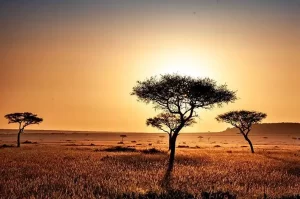
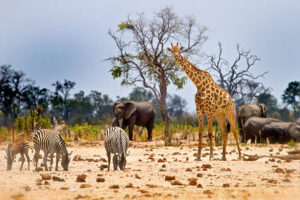
Savanna Animals & Agriculture
- Savanna, particularly in Africa, is the home of diverse varieties of wild animals
- Many of the animal films that we see in cinemas are actually taken in savanna.
- Some tribes lives as pastoralists viz. Masai of Kenya & others as settled cultivators like Housa of Nigeria
- Tropical grassland animals (which do not all occur in the same area) include giraffes, zebras, buffaloes, kangaroos, mice, moles, gophers, ground squirrels, snakes, worms, termites, beetles, lions, leopards, hyenas, Zebu cattle and elephants.
- The world’s greatest diversity of ungulates (hoofed mammals) is found on the savannas of Africa.
- The soil of tropical grasslands is porous, with rapid drainage of water.
- It has only a thin layer of humus (the organic portion of the soil created by partial decomposition of plant or animal matter), which provides vegetation with nutrients.
- The Sudan climate, with distinct wet & dry periods is also responsible for deterioration of soil fertility.
- During rainy season, torrential downpours of heavy rain causes leaching, leading to drainage of soil nutrients
- During the dry season, intense heating & evaporation dries up soils water.
- Many savanna areas therefore have poor laterite soils, incapable of supporting good crops, unless the soil is properly conserved by manuring & weeding.
Savanna is said to be a natural cattle country & many of its native people are herdsman & pastoralists with cattle kept in large numbers for meat & milk; but the settlements in central Africa, Northern Australia & Eastern Brazil have shown an immense growth potential in food & plantation crops such as :
- Food crops : Maize, Millet, Corn, Bananas, Beans & Groundnuts
- Plantation crops : Cotton, Tobacco, Sugarcane, Coffee, Groundnuts, Oil palms & Tropical fruits
For more updates, explore the Geography . Feel free to share your thoughts and comments.
If you’re passionate about building a successful blogging website, check out this helpful guide at Coding Tag – How to Start a Successful Blog. It offers practical steps and expert tips to kickstart your blogging journey!
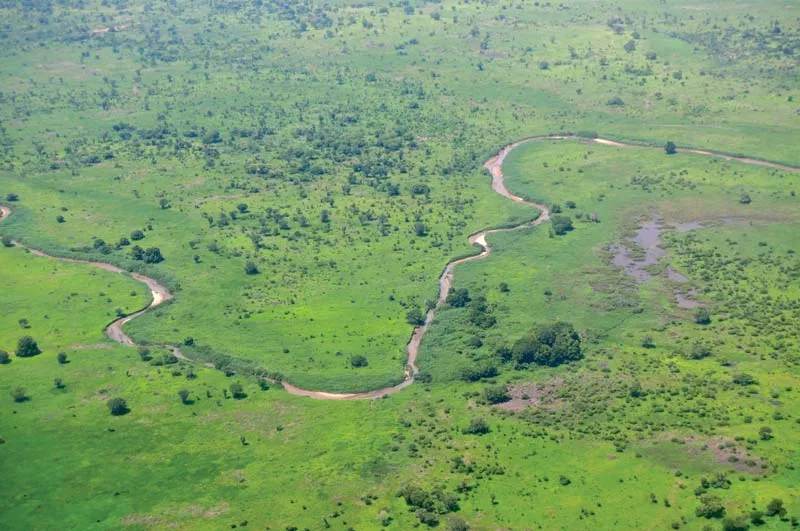
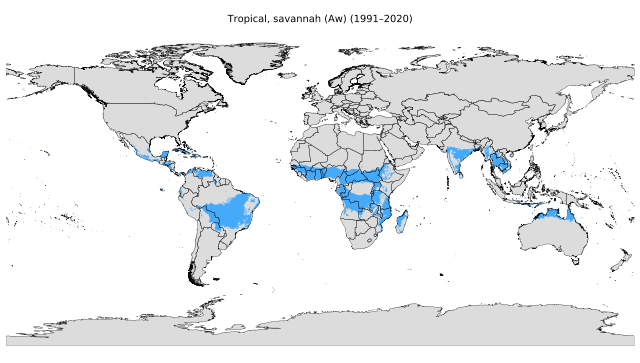
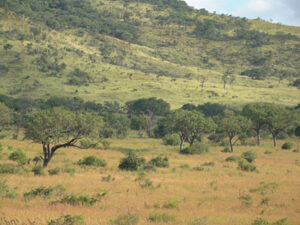
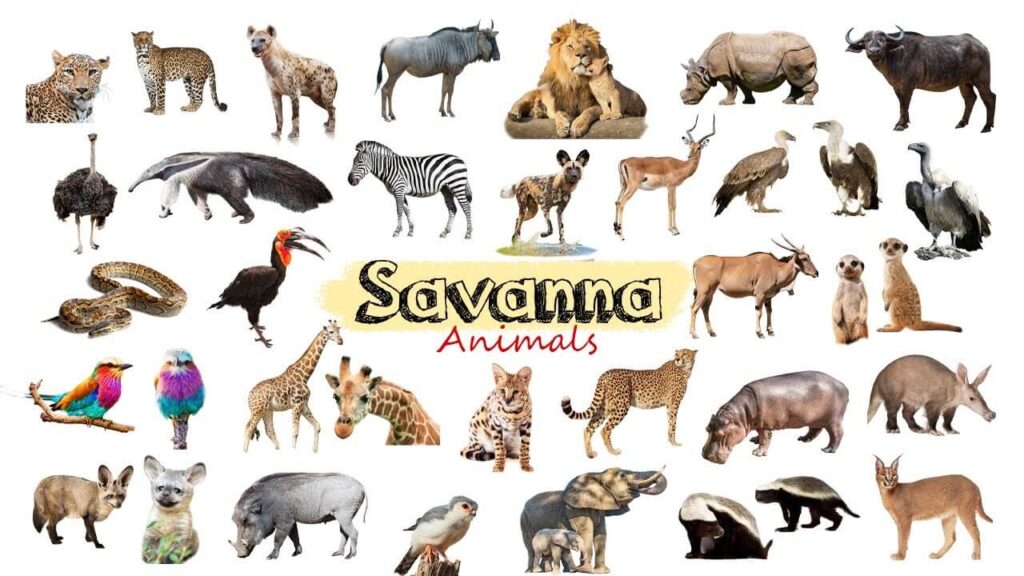

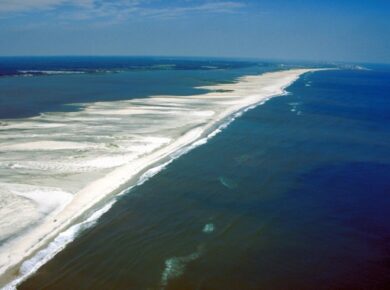
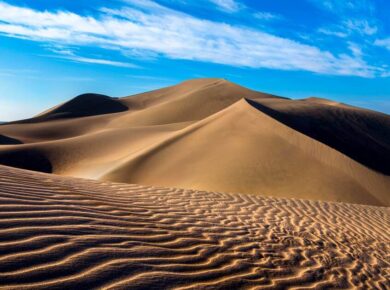
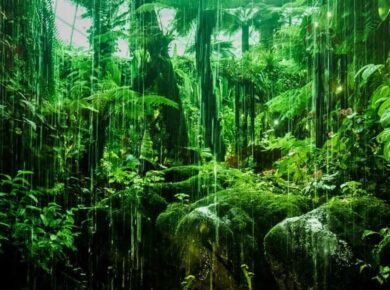

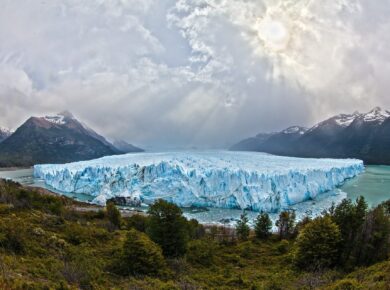
1 comment
healpfull